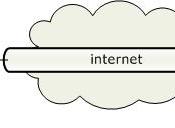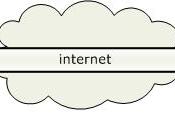Managing the 21st Century workforce
Advantages of a "virtual" workforce
Today's rapid changes in technology have altered not only how people work, but where they work. High-powered lap-top computers, modems, video conference units and the Internet have created a new category of the workforce, known as "telecommuters." Also frequently referred to as "virtual" workers, these employees conduct most of their business affairs without ever stepping into the office.
Telecommuting appeals to many employers because it enables them to grow the business without having to incur additional overhead costs. Staffing flexibility, including the efficient use of part-time employees, may also be benefits flowing from the use of telecommuters.
Telecommuting appeals to many employees, particularly those who could not otherwise work in a more traditional office environment, such as people with physical limitations and people with demanding child-care needs.
Today's employees not only crave flexibility, but also often have the leverage in this tight labor market to insist on it, and employers may be hard- pressed to argue that they can't accommodate their requests.
In the United States, as anywhere else, technology has reshaped the landscape, making it easier for virtual workers to function as if they were in the next cubicle. E-mail alone may be enough for employees to stay in touch and emerging Web-based tools help virtual teams work more efficiently through services such as real-time chat or sites that allow sharing files and posting schedules.
Last year, 2.2 million, or 28.9%, of small companies with fewer than 100 employees offered telecommuting, up from 1.7 million, or 25.2%, in 1998, according to International Data Corp. (The research firm defines telecommuting as having at least one W-2 employee working at home at least three days a month.)
Implementing the "virtual office" tools
Prior to the advent of newer technologies such as...


